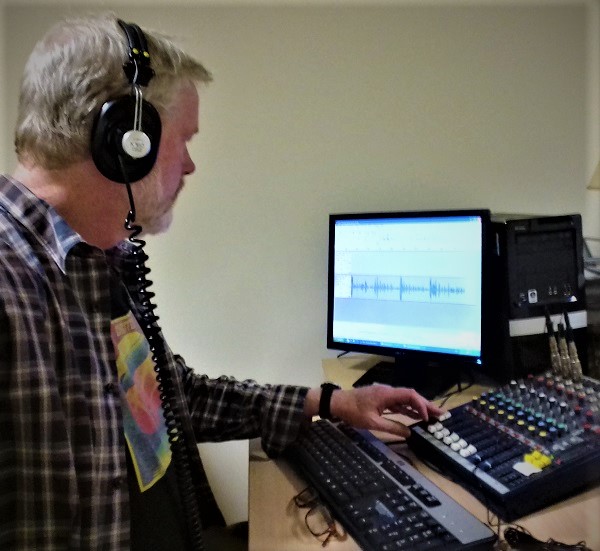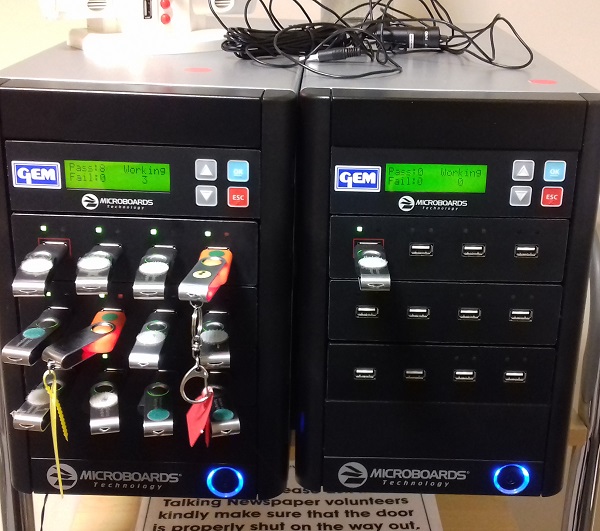Decline and fall of the talking newspaper
After 38 years of providing a local news lifeline to blind and visually-impaired people, the Newark Talking Newspaper has fallen silent.
Launched in 1982 and operated entirely by volunteers, the project began with the then cutting-edge technology of audio cassettes, distributed by post, and survived to the digital age on USB memory sticks – still delivered through letterboxes.
Now it has fallen victim to the peculiar circumstances of 2020 and the wider effects of changing times.

At its peak, the Newark Talking Newspaper had more than 100 recipients every week. Not a huge number, but this is a modest market town in the middle of England. By the end, there were just a couple of dozen, being outnumbered by those who produced it by about three to one.
My involvement came quite late in its history, less than a year before the end. I answered a call for volunteers as it seemed like an interesting and worthwhile thing to do. A close relative suffers sight loss, and although they aren’t in this catchment it felt somehow appropriate.
Each Thursday evening, the advance guard would descend on the offices of the Newark Advertiser to take clippings from that week’s edition. These were passed to the readers clustering around the tech desk, sitting in two shifts of three people for an hour each. I was promoted from reader to team leader and audio engineer almost instantly, because I’d, erm, used a computer before.
Equipment was basic but functional – a lavalier mic for each reader, and a rather ancient Soundcraft EPM6 mixer desk feeding into Audacity digital audio workstation on a creaky Windows 7 PC. Yes, I know, this is an insecure operating system – but this machine was not connected and anyway contained nothing more sensitive than those audio files.
I would choreograph the readers, mixing their tracks, and not infrequently adding my own dulcet tones to the production. Bloops would be edited out, title music and ident voiceover added, and finally the finished MP3 file copied onto 50 USB sticks.

Although the tech had changed, this was basically the way it had been done for decades. Meanwhile the world has moved on, and local news is available on many more channels than before. There was a certain amount of natural wastage among the ageing cohort of volunteers. Then came the pandemic and lockdown, meaning that it was just not possible to produce the thing for several weeks.
The solution might have been to streamline the whole process into a podcast, but the newspaper became justifiably protective of its copyright and recognised that it would be difficult to ring-fence access to the official recipients. It had supported the talking newspaper from the beginning, as a community service, but the 2020s present a very different media landscape than the 1980s. The plugs have been pulled for the last time.


